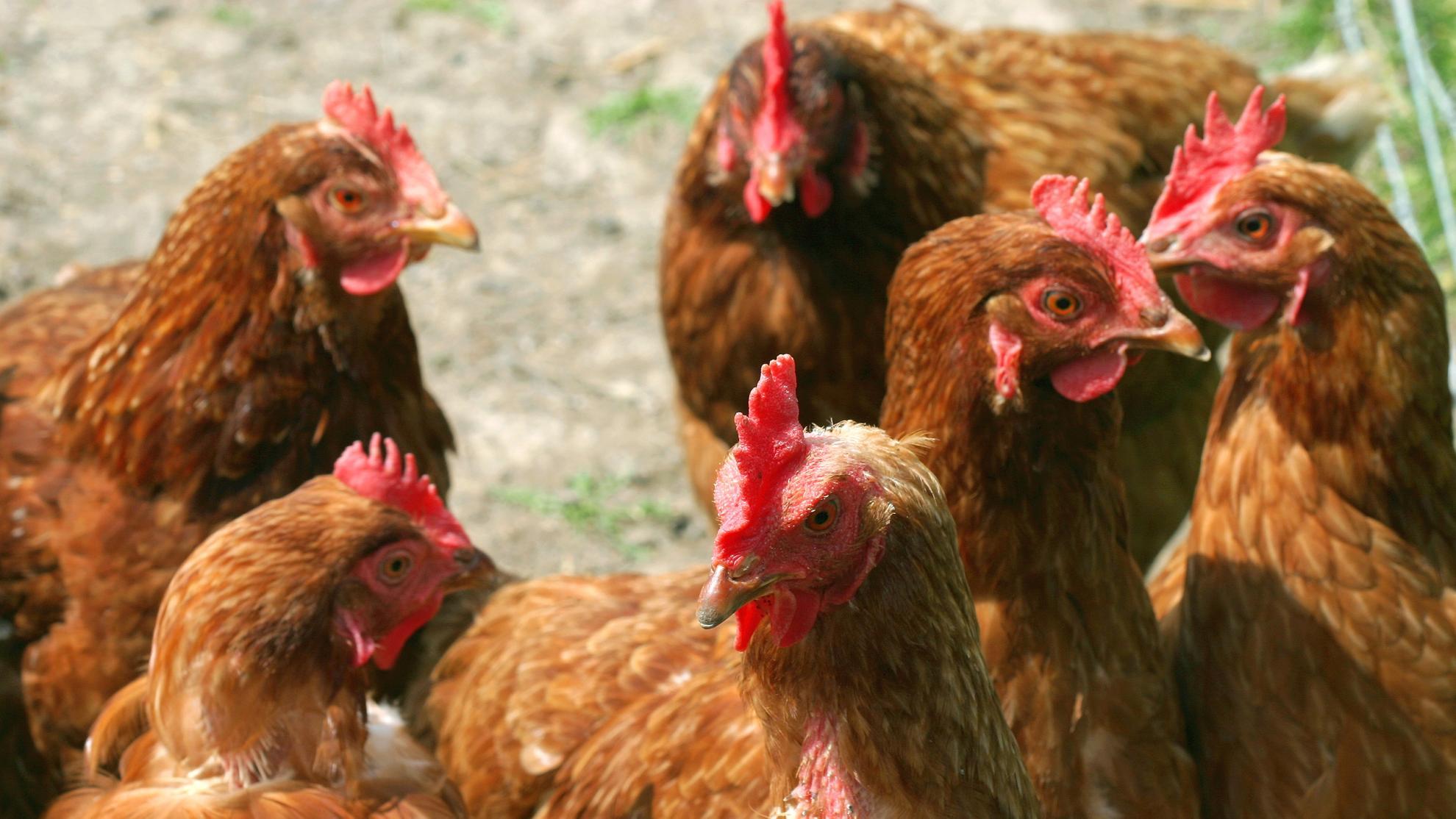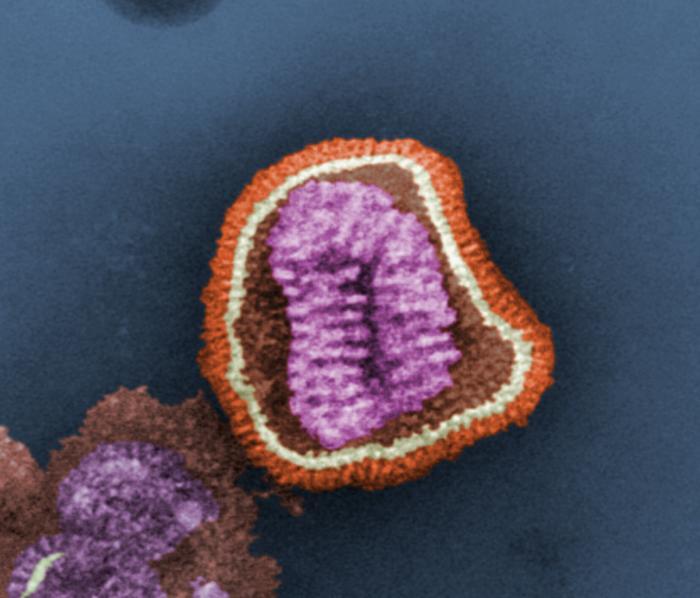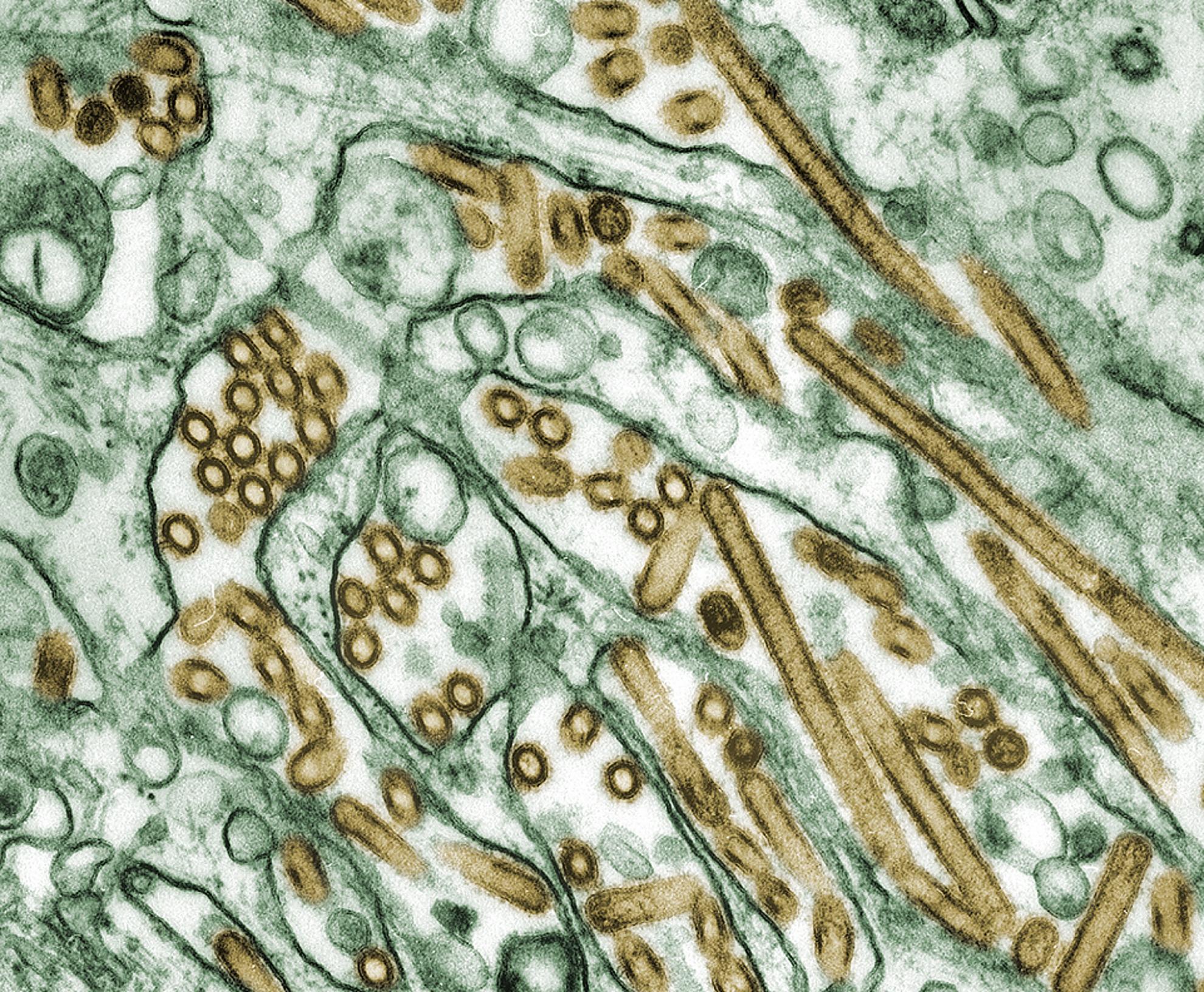Assessing evidence for avian-to-human transmission of influenza A/H9N2 virus in rural farming communities in northern Vietnam
Rural farming communities in northern Vietnam do not routinely practice vaccination for influenza A viruses (IAV) for either humans or poultry, which enables us to study transmission intensity via seroepidemiology. Using samples from a longitudinal cohort of farming households, we determined the number of symptomatic and asymptomatic human infections for seasonal IAV and avian A/H9 over 2 years. As expected, we detected virologically confirmed acute cases of seasonal IAV in humans, as well as large numbers of subclinical seroconversions to A/H1pdm [55/265 (21 %)], A/H3 [95/265 (36 %)] and A/H9 [24/265 (9 %)]. Five of the A/H9 human seroconverters likely represented true infections rather than heterosubtypic immunity, because the individuals seroconverted solely to A/H9. Among co-located poultry, we found significantly higher seroprevalance for A/H5 compared to A/H9 in both chickens and ducks [for northern study sites overall, 337/1105 (30.5 %) seropositive for A/H5 and 123/1105 (11.1 %) seropositive for A/H9].


